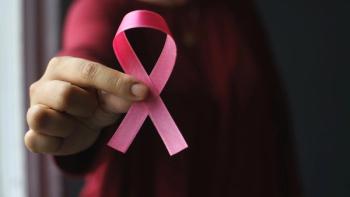
How Pharmaceutical Innovation is Saving the World From a Pandemic
Let’s not mince words: The U.S. and the world must appreciate the role of the pharmaceutical industry — the researchers and physicians — who are rescuing the world from COVID-19.
Nine months.
In March 2020, the United States was in the early stages of the COVID-19 pandemic. We shut down the entire country and ground the economy to a halt to slow the spread of the virus. Think back to March and how much uncertainty we were living under.
Nine months later, the FDA approved two COVID-19 vaccines under emergency authorization. Before New Year’s Day, millions of Americans had received the vaccine, including frontline physicians and health care providers and nursing home patients, our most vulnerable citizens.
Nine months. Take a moment to let that sink in.
There is another way — a more accurate and underappreciated way — to tell the story of the past nine months.It is a story of heroism, innovation and precise science, performed under unbelievable pressure.
Let’s not mince words: The U.S. and the world must appreciate the role of the pharmaceutical industry — the researchers and physicians — who are rescuing the world from COVID-19. It’s the medical breakthrough of our lifetime.
Let’s review some facts.
- Since the discovery of COVID-19, here is what scientists have accomplished: They identified a novel virus, unlocked and sequenced its genetic code, created new therapies to save lives, and developed multiple safe and effective vaccines using messenger RNA technology, a technology hopefully applicable to future vaccine development.
- The United States has two vaccines approved for emergency use, one from Pfizer/BioNTech and another from Moderna, and the AstraZeneca/Oxford vaccine has been approved for emergency use in the UK. In addition, there are 64 vaccines undergoing clinical trial at the moment, including 20 in phase 3 trials.
- This was the fastest vaccine development program in history, and it’s not even close. Dr. David Pride, a microbiologist at the University of California, San Diego, estimates that vaccines typically take 10 to 15 years to develop. Until the COVID-19 pandemic, the fastest development timeline was four years, for the mumps vaccine.
The next step of the process — distribution of the vaccine — will be as challenging as the development phase, if not more so. worldwide are working overdrive to produce hundreds of millions of vaccine doses.
Less than a month after the Pfizer vaccine was approved, more than 15.4 million doses of vaccine have been distributed across the country, and more than 4.6 million people have received their first dose, according to CDC data. Many patients are already receiving their second dose.
Although 15.4 million doses are impressive, some expected 20 million doses. But that is moving the goal line, as six months ago many observers didn’t think a vaccine would be available until 2021.
Every day, more people will be vaccinated. After health care workers and our most vulnerable citizens, other frontline workers will be next. Teachers will be vaccinated so our children can return to school. And soon, all Americans will be able to receive the vaccine at their doctor’s office or at a CVS or Walgreens.
Remember, we accomplished this in nine months.




